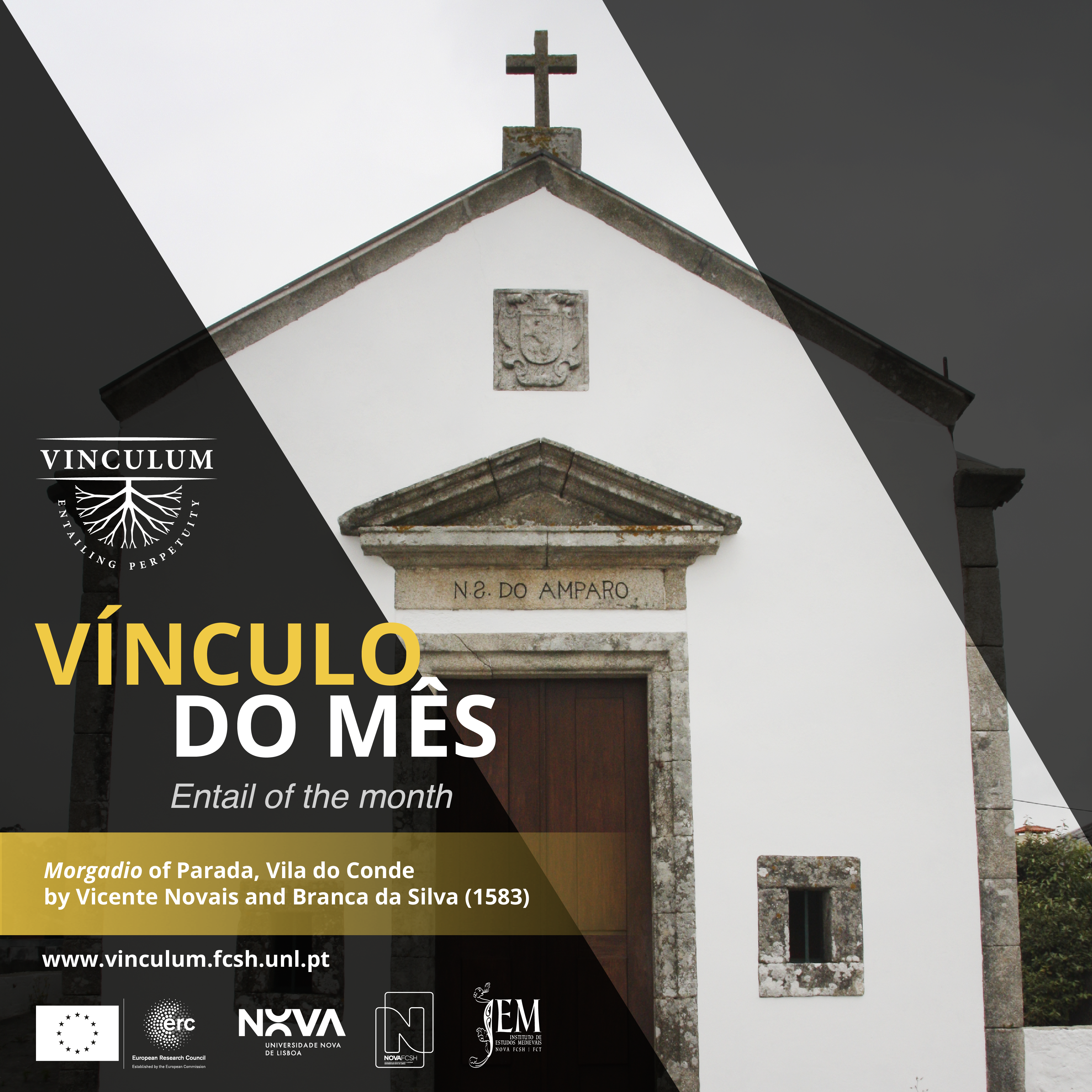The Entail of the month of March: Morgadio of Parada
The morgadio of Parada (Vila do Conde) was established in 1583 by Vicente Novais and Branca da Silva.

The morgadio of Parada, established on 25.01.1583 by Vicente Novais (1504-1596) and his wife, D. Branca da Silva (…-1602), is an interesting case study, both in historiographical and archival terms. It illustrates, from the start, a process, if not of ascension, at least of social consolidation as a result of the successful presence in the Portuguese Empire’s theater, at the service of the King (in this regard it has many similarities with another “entail of the month”, that of Gonçalo Gil Barbosa and Mécia Mendes de Aguiar). Its founder brings together the main characteristics of the municipal oligarchy of Porto; there are testimonies of family dissatisfaction regarding the process of division of inheritance, between the entail of the eldest son and the endowment of the sisters; finally, in what is an original feature, its administrators, in addition to other assets, gather from the second generation two ancient medieval honors, that of Parada and Barbosa, the morgadio serving for the perpetuation of the first. In terms of the archival base, the existence of documentation in family archives is noteworthy, which enriches the perspective allowed by the archives of royal and ecclesiastical institutions.